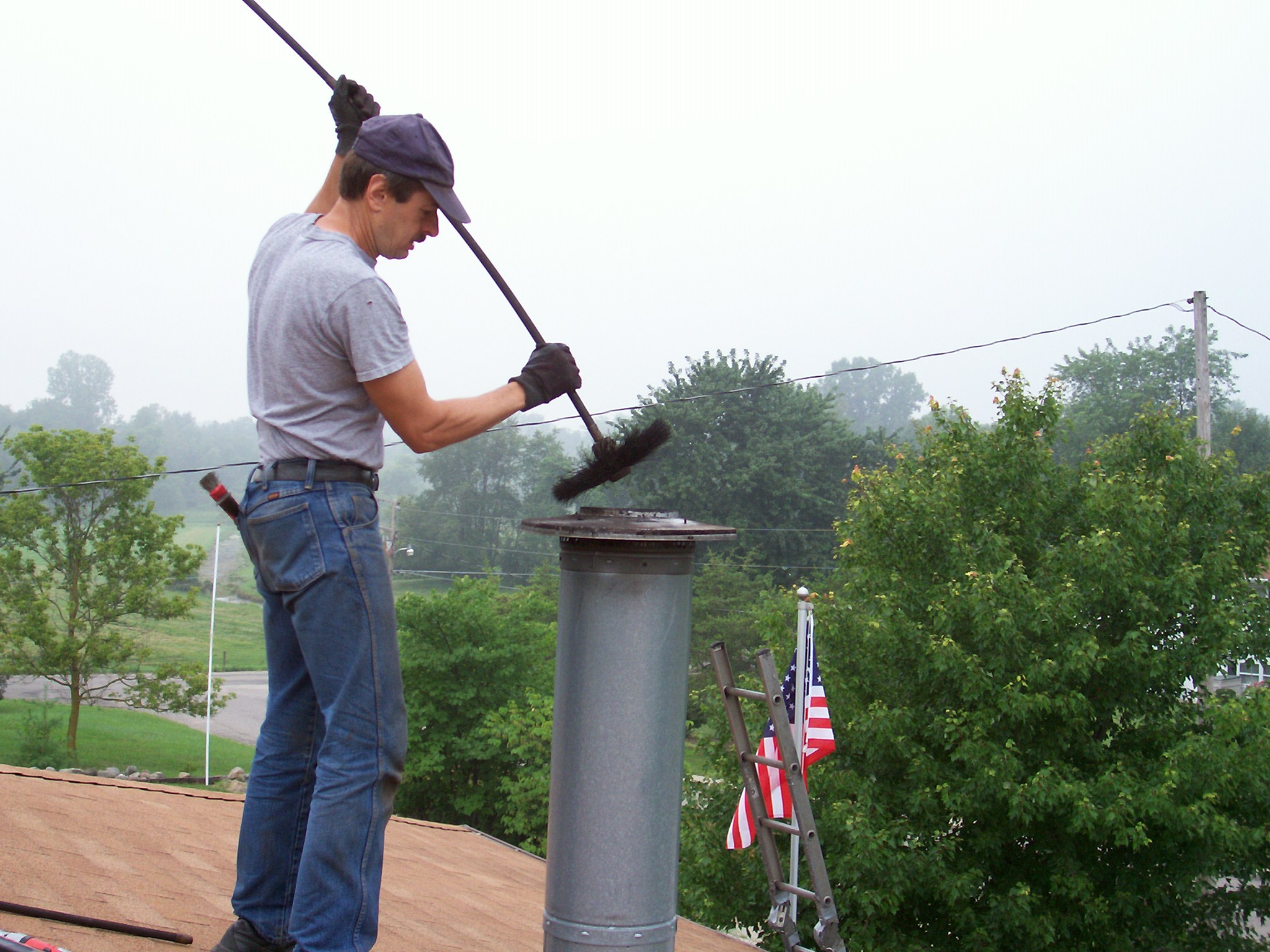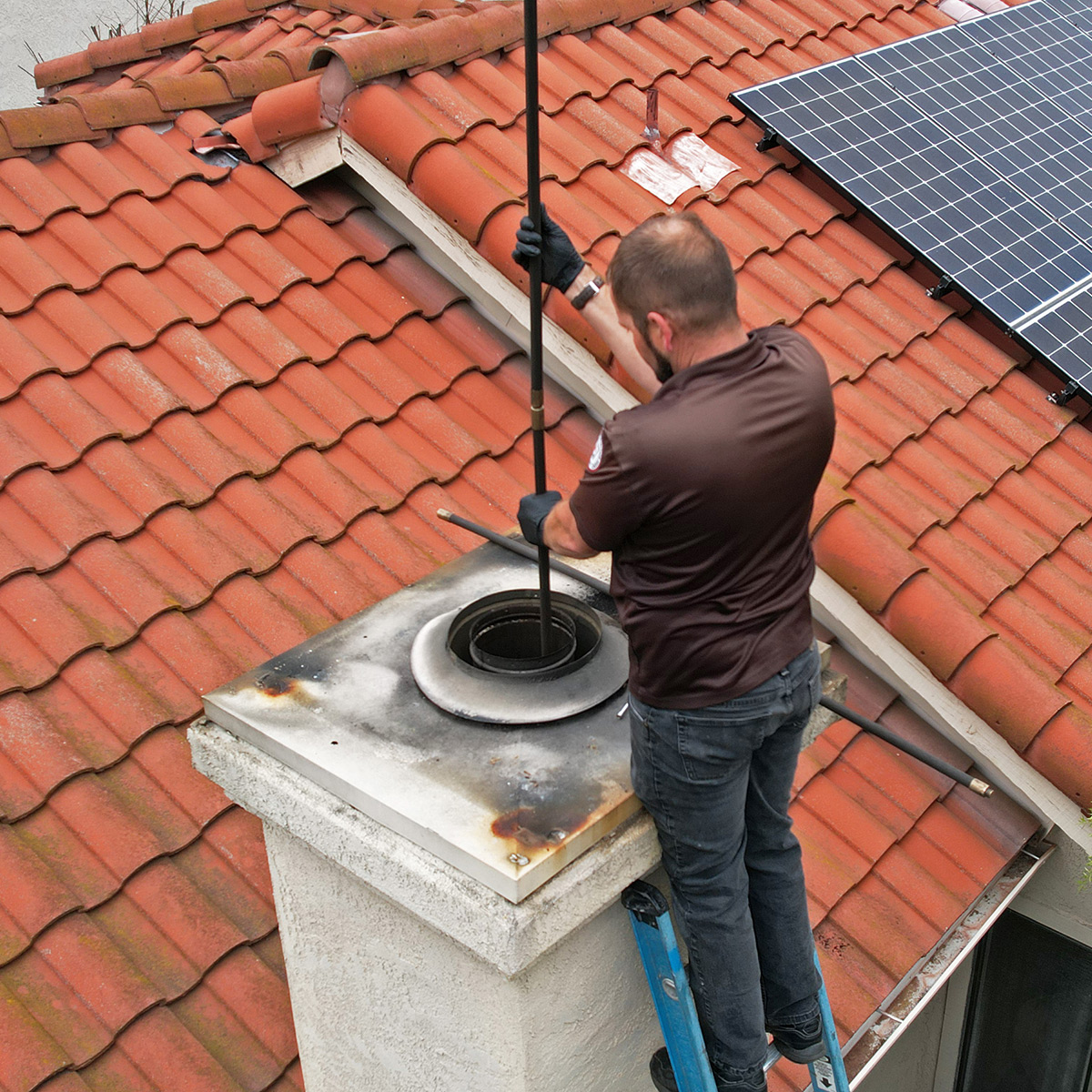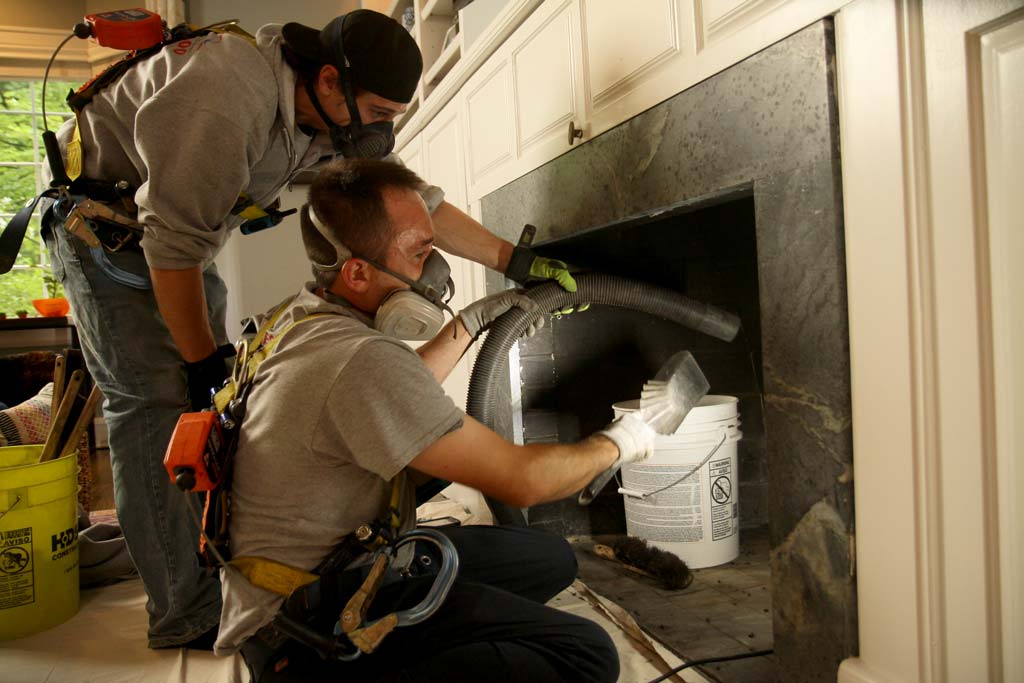Chimney Clean San Jose Proficiency: Expert Take Care Of Your Fire Place and Fireplace
Chimney Clean San Jose Proficiency: Expert Take Care Of Your Fire Place and Fireplace
Blog Article
Chimney Cleansing: A Step-by-Step Guide to Maintaining a Healthy And Balanced Fireplace
Routine chimney cleaning is a vital component of this maintenance routine. By following these standards, you will certainly learn how to collect the essential devices, execute an aesthetic inspection, clear debris and accumulation, move the chimney, and complete the last steps for continuous maintenance.
Gathering the Necessary Devices
To start the process of smokeshaft cleaning, the first step is to collect all the needed tools. Having the right devices at hand ensures a safe and efficient cleaning procedure. The crucial devices for chimney cleansing consist of a chimney brush, a ladder, decline cloths or plastic sheets, a flashlight, gloves, and a dirt mask.
The smokeshaft brush is the main tool utilized to remove soot and creosote buildup from the flue - Chimney Clean San Jose. It is vital to choose a brush that matches the size and form of your chimney.
A flashlight is crucial for examining the chimney's interior for any indications of damages or blockages. Gloves are needed to safeguard your hands from soot and various other harmful substances, while a dust mask aids avoid the inhalation of debris.
Doing an Aesthetic Examination

Making use of a flashlight, thoroughly take a look at the interior walls of the smokeshaft for any kind of signs of damage, such as fractures, loose blocks, or mortar wear and tear. These problems can endanger the smokeshaft's architectural integrity and position a serious security threat. In addition, check for any signs of water damages, such as staining or efflorescence, as this can show a leaky chimney cap or blinking.
Following, check the smokeshaft flue for any type of blockages. Look for the presence of nesting products, leaves, or debris that may have collected gradually (Chimney Clean San Jose). These blockages can limit airflow, increase the threat of carbon monoxide gas build-up, and prevent the chimney's capability to properly air vent smoke
During the visual inspection, pay close attention to the chimney crown, which is the leading surface that safeguards the chimney from dampness. Seek splits or missing out on pieces in the crown, as these can permit water to get in the chimney and cause significant damages.
Cleaning Debris and Build-up
After finishing the visual evaluation, the next step in chimney cleansing includes clearing particles and build-up to guarantee the proper functioning of the fire place. In time, debris such as fallen leaves, twigs, and animal nests can collect in the chimney, blocking the flow of air and causing possible fire dangers. In addition, the accumulation of creosote, a tar-like substance, is an usual issue in smokeshafts. Creosote is developed when timber or fossil gas are melted, and if not removed frequently, it can lead to smokeshaft fires.
To get rid of debris and build-up, it is essential to make use of the right devices and strategies. A chimney brush, particularly designed for this function, is made use of to remove loose particles and creosote from the smokeshaft walls. It is essential to select a brush that matches the dimension of your smokeshaft to ensure reliable cleaning. Before beginning the cleansing process, see to it to cover the fire place open up to stop debris from falling under the room.
To start, place the brush right into the chimney and move it up and down, scrubbing the walls to dislodge any kind of particles or creosote. As soon as the cleaning is total, utilize a vacuum cleaner or a chimney brush expansion to get rid of the dislodged particles from the fireplace.

Brushing Up the Smokeshaft
The sweeping of the smokeshaft is an essential step in preserving a healthy and balanced fireplace. Over time, soot, creosote, and various other particles can accumulate in the chimney, blocking the flow of air and potentially triggering a harmful buildup of flammable materials. Regular chimney sweeper not just makes certain correct air flow however likewise avoids the danger of chimney fires.
When it involves chimney sweeping, it is very advised to work with a professional chimney sweeper. These specialists have the expertise and tools essential to safely and successfully get rid of the accumulated particles from your smokeshaft. They will usually start by covering the fireplace to avoid any kind of soot or particles from entering your find out home. Making use of specific brushes and vacuum tools, they will after that clean up the chimney inside out, making certain that all the accumulation is completely removed.
It is very important to note that the frequency of smokeshaft sweeping depends upon numerous elements, such as the kind of fuel made use of, the amount of usage, and the kind of chimney. As a basic general rule, it is suggested to have your chimney evaluated and brushed up at the very least when a year.
Final Actions and Upkeep
After completing the smokeshaft sweeping process, the first step in the last upkeep is to inspect the chimney cap and spark arrestor. These parts protect against debris, animals, and rain from getting in the chimney.

Evaluate the within the fire place for any signs of damage, such as cracks, loosened bricks, or harmed mortar. These issues can affect the structural integrity and security of the fire place. If any kind of troubles are found, get in why not try these out touch with a professional smokeshaft move or mason to address them immediately.
Finally, think about setting up carbon monoxide detectors near the fire place and throughout your home. These gadgets can discover the presence of this dangerous gas, providing a very early warning system in instance of a chimney malfunction. Consistently inspect and change the batteries in these detectors to guarantee their performance.
Final Thought
To conclude, following a step-by-step overview for chimney cleansing is critical in his comment is here maintaining a healthy fire place. By gathering the needed devices, performing an aesthetic assessment, clearing debris and build-up, and brushing up the smokeshaft, property owners can make certain the safety and security and effectiveness of their fire place. Normal upkeep and cleansing will certainly help protect against chimney fires and improve air quality in the home. It is vital to prioritize smokeshaft cleansing as a part of overall home upkeep.
The necessary tools for smokeshaft cleaning consist of a chimney brush, a ladder, drop towels or plastic sheets, a flashlight, gloves, and a dirt mask.
A chimney brush, especially created for this purpose, is made use of to get rid of loose particles and creosote from the smokeshaft wall surfaces. Normal chimney brushing up not only makes certain appropriate air flow however also protects against the risk of smokeshaft fires.
When it comes to chimney sweeping, it is extremely recommended to hire a specialist chimney move. After completing the smokeshaft sweeping process, the very first action in the last maintenance is to evaluate the chimney cap and stimulate arrestor.
Report this page